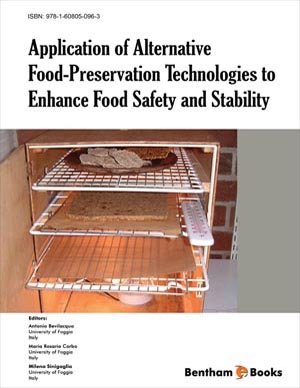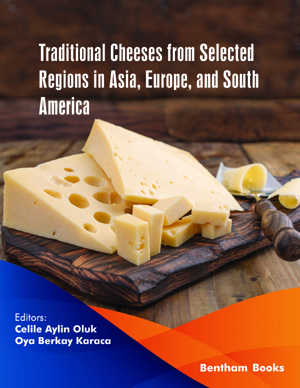Abstract
Vitamin E refers to a family of compounds that function as lipid-soluble antioxidants capable of preventing lipid peroxidation. Naturally occurring forms of vitamin E include tocopherols and tocotrienols. The form of vitamin E most studied is natural alpha-tocopherol, which is the form more adapted for humanorganism requirements. It is possible to distinguish two isomers, the D-alpha tocopherol, the natural form and the synthetic form of vitamin E, DL-alpha-tocopherol, which has allowed the synthesis of various esters like the alpha-tocopheryl acetate, succinate, nicotinate and many others to increase vitamin E hydrosolubilty and its penetration throughthe skin in cosmetic applications as antioxidant and anti-aging agent. Consecutively, allergic contact dermatitis represents the most common form of hypersensitivity induced by vitamin E and its derivatives and vitamin E is the third most frequent contact allergen found in moisturizers. Despite the first cases of contact allergy to vitamin E were described in the 60ies, concentrations, and vehicles for the diagnostic patch tets to vitamin E are very far from being well standardized.
Keywords: Allergic Contact Dermatitis, Contact Urticaria, Delayed-type Reaction, Patch Tests, Repeated Open Application Test, Skin Tests, Tocopherols, Tocopherol Acetate, Tocopheryl Acetate, Tocopheryl Linoleate, Tocopheryl Nicotinate, Vitamin E.



















